For a UML SEQUENCE DIAGRAM :
Can I create several Alternative flows and Exceptional (Error) flows on a Single Message (any type of message like reflexive, self message or regular message) ?
For instance : Let's say the system (to be automated) is a Public Phone(PP) There are 2 actors : the client (or User) and the PP (the system)
Message A (regular message) From Client to PP : The client enter some change / bill in the device ;
Message B (reflexive message) : The PP verifies that the money entered (coins, bills ...) is authentic (i.e. not fake) AND is greater than the minimal amount to make a call.
So for Message B, there can be at least 2 alternative flows (fake money, not enough money...) and 1 Error (or Exceptional) flow (i.e The client definitely failing to meet the requirements after 3 trials)
Correct me if I'm wrong but I know that the alternative case can say " go to step (or message) x forward or backward " in the nominal (normal) flow of event. So I need alternative / error flows to deal with exceptions.
So To reformulate my question with this example, can I add several alternative / error flown on Message B ( or message A if needed) ? (and this will be a little comment next to the reflexive arrow of Message B)
A1 : Alternative flow 1 A2 : Alternative flow 2 E1 : Error flow
And A1, A2, E1 will be described textually but not with the alt or opt UML formalism

